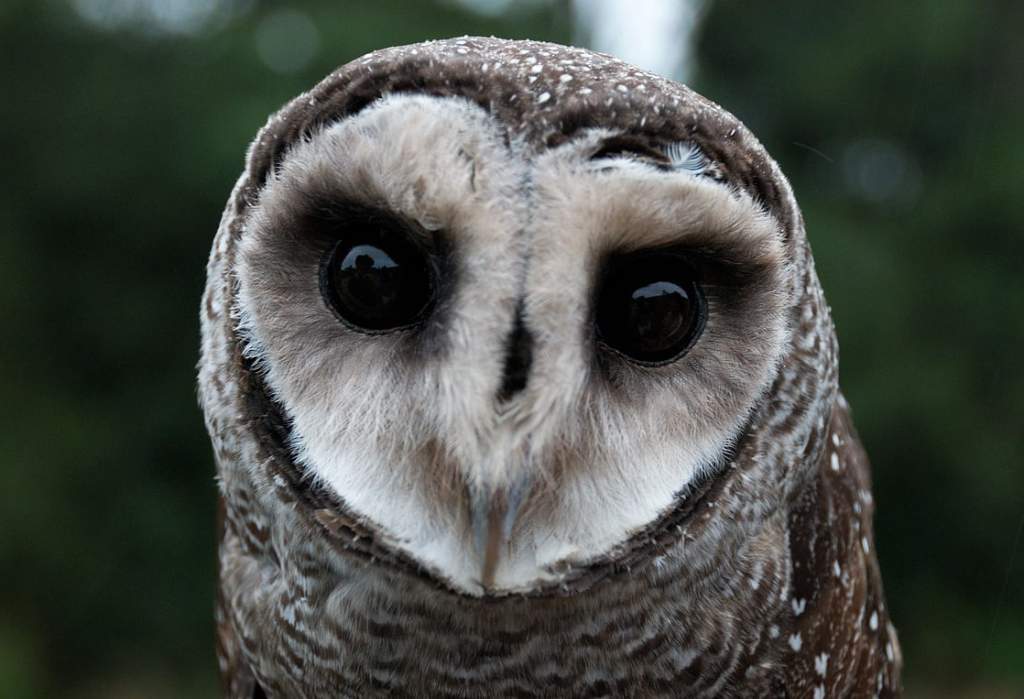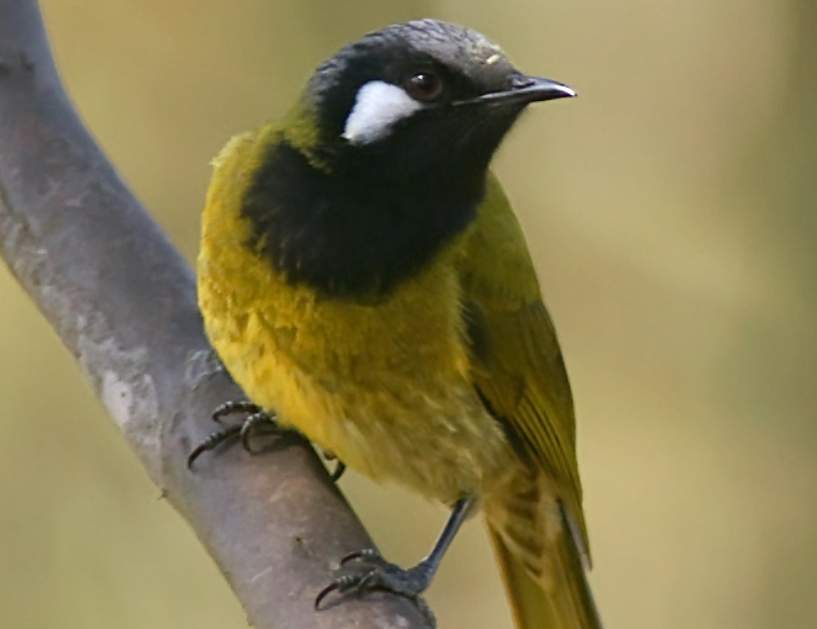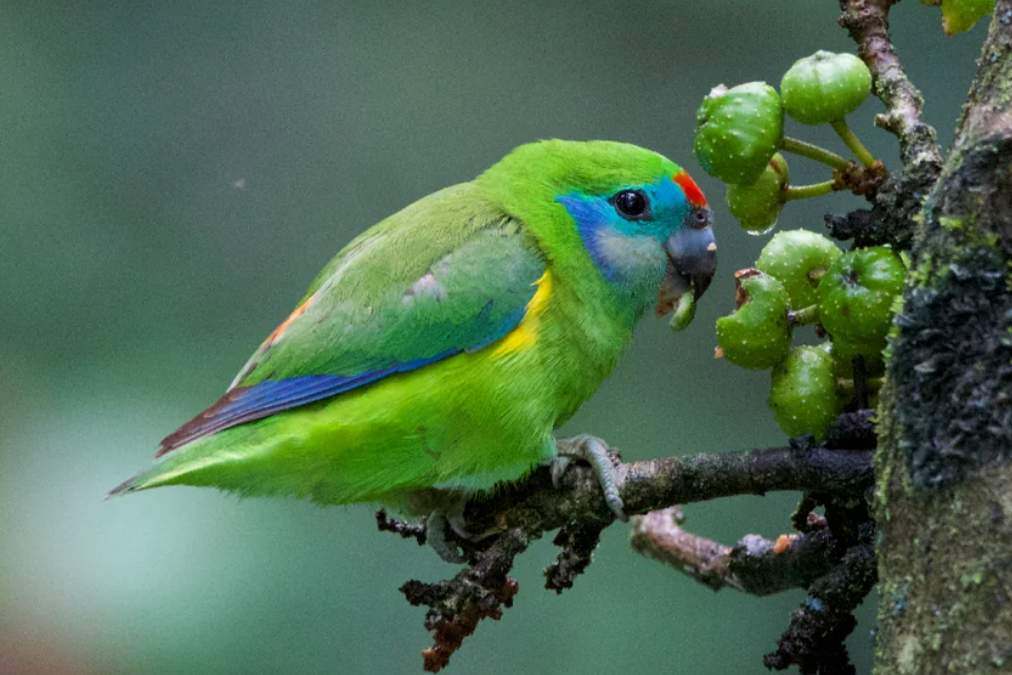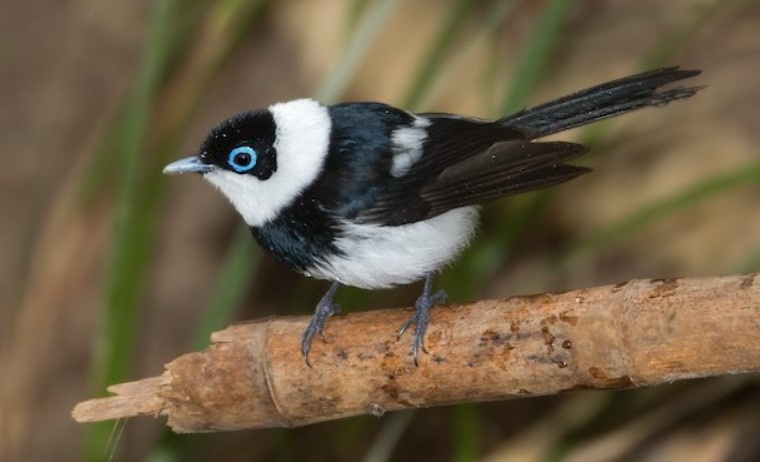Lesser Sooty Owls replace Sooty Owls in northeastern Queensland. Despite living in similar habitats-big stands of rainforest-and having similar habits, the owl lives in much the same way. Each pair mates permanently, and they hold a territory of approximately 100 hectares throughout the year.
Generally, males and females stay apart – roosting in different areas and hunting separately – except when breeding. Fig trees have interlacing trunks and chimneys, which serve as roosts for both birds. They usually nest three to four times a year under overhanging banks.
The pellets and excreta found under them indicate that these are used in rotation. In all strata of the forest, Lesser Sooty Owls hunt a wide range of terrestrial rodents, bandicoots, arboreal possums, and gliders. Their diet includes frogs, geckos, and birds, but rarely insects.
They hunt using a simple but effective method. On exposed branches at the edges of clearings or openings in the forest, Sooty owls sit watching prey on trees, trunks, and branches, then pounce on them. The birds are mostly silent except for occasional territorial shrieks from set perches. In spite of their limited habitat range, they are considered common. According to Australian law, the lesser sooty owl is a protected species.
May through July, however, heralds the approach of breeding with a flurry of noisy duets. The males and females chirp, rasp, tweet, and scream after dusk and before sunrise in a low forest tree for several hours. There will always be debate over whether the Lesser Sooty Owl differs from the Sooty Owl. Despite this, it is not only smaller and has little gender difference.
Due to this, the back is also marked differently, being much more heavily spotted with white. In contrast to the Sooty Owl, which has white chevron underparts and clear dark grey wings, the flight feathers are clearly barred, and the underparts are not sooty and spotted with white as in the Sooty Owl.
Both sexes call through an open bill from a perch in a territorial, piercing, descending whistle resembling a falling bomb. During courtship, males frequently tweet, rasp, and chur their way through duets. Nesting season is similar to that of the Sooty Owl; apparently, he breeds between July and September, molting about the same time each year.







